The Coastal City-state of Russin, Russin
[Roo-sin, Roo-sin]
This city has existed in this location for thousands of years -- it was here even before the Gods died. It's full of history -- you can go from having a drink in a brand new coffee shop, to walking through ancient ruins by stepping through the back door. We are the original Russin!The city of Russin shares it's name with both the country, and continent it resides on. It's nestled within a wide and relatively flat stretch of land filling nearly 600 square kilometers, bordered on two sides by tall craggy mountains, with shallow oceans surrounding the rest. Its cityscape is broken up by winding rivers that twist their way through the flat lands, as various ruins from the city's long history are strewn about populated areas. Russin has a strong connection with Sharenskus, and the city of Russin boasts the strongest connection, as it's the death place of the massive God-husk. Four distinct styles of architecture are found within the City's limits, thanks to its long and varied history. In the center of the city is Old Russin, known colloquially as Old Town. Old Town is the origin of the city, containing ruins and buildings that have been there since over 4,000 years ago. Old Town was nearly destroyed during The Seven Day War, when Avartarian brutally murdered Sharenskus within the center of the city. Surviving denizens of Russin fled from the center, forming 2 smaller cities apart from each other. Eventually, southern invaders settling within the ruins of Old Town formed a third city. Over time these cities grew, until all were joined together as one.
The Original Russin
Ancient Russin buildings were stout, square buildings made of a brownish stone quarried from nearby mountains. Over hundreds of years the city grew, with more of the brown stone buildings filling the space between the Sharen and Rivus rivers. These buildings housed both devout worshipers of Sharenskus, and fierce warriors -- frequent raids from the south ensured Russin was always ready to defend its self. The city slowly subdivided its citizens, based on geography, religion, and defensive strategy. Particularly devout worshipers of Sharenskus gradually migrated west, to be closer to the water in which the god stood. The inlet gained the name "Holy Inlet", and the people began to build temples to Sharenskus along its shores. The persistent attacks from the south east prompted the construction of walls and barracks to the city's south-eastern edge. As time passed, early Russin expanded -- crossing the two rivers that had previously contained it.The Divide of Early Russin
Russin lost its protective deity when the Godly Civil War occurred. A fierce battle broke out at the meeting of Sharen River and Rivus River between Sharenskus and Avartarian. Most of the city was destroyed, with only the most sturdy of stone buildings remaining. The citizens fled from the core of the city, relocating east and west. When the dust settled after the war, Russin was no more -- in its place, two smaller cities kept apart by rivers remained.The Merchant Worshipers
Western Russin wasn't just godly folk, y'know. Most merchants in the early city were found there as well. So when the city split, the merchants and worshipers settled the coast together.Patronsclicktaphere for bonus info
Western Russin favored a loose planning style -- new buildings were constructed on an "as needed' basis, with regards to both spacing and size. Western Russin slowly expanded along the coast, and south along Sharen River. Temples were rebuilt along the shores, but the people found Sharenskus unable to communicate in his God-husk state. The temples were then used to observe the God-husk, as he wandered the shallow oceans.
The Rigid Military
Forced to flee east from the carnage of two gods fighting, the core force of Russins warriors crossed the Rivus River, settling in a well protected flat expanse of land. Few walls managed to remain standing between old Russin and the warriors new home, with the land left behind being declared cursed ground. Many warriors vowed never to return to the destroyed city, instead focusing on building a new safer area to settle.The new village, made up almost entirely of warriors, soon adopted a rigid militaristic city planning style. Tight, utilitarian blocks of buildings were developed, with many walls along the river banks to turn their area into a defensive stronghold. Keeping the Rivus River to their south and west, they expanded north, building row upon row of dense housing, barracks, and wide open training grounds. Gradually East Russin grew all the way to the banks of the North River.

Timeline

Avartarian kills Sharenskus, destroying most of Russin in the process












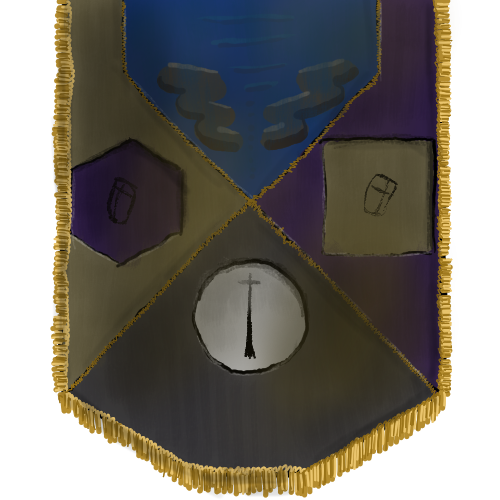
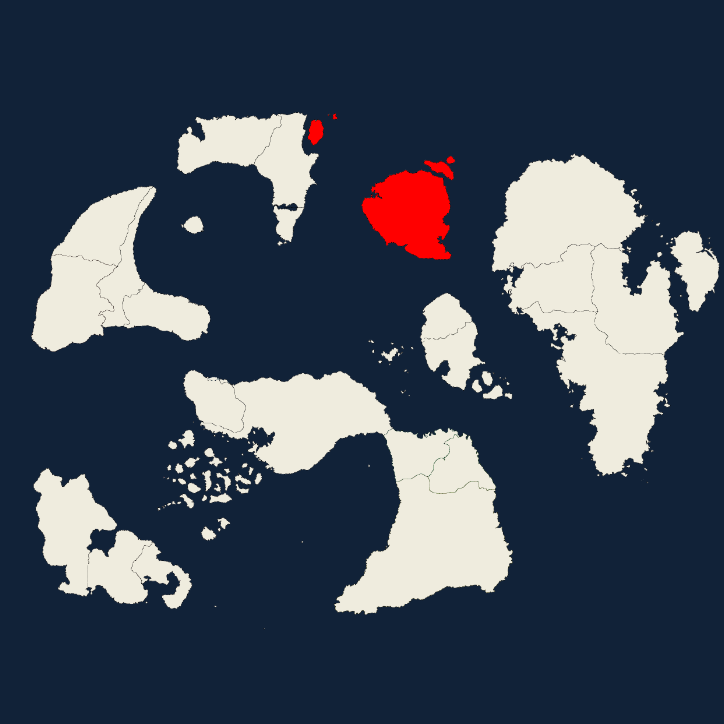

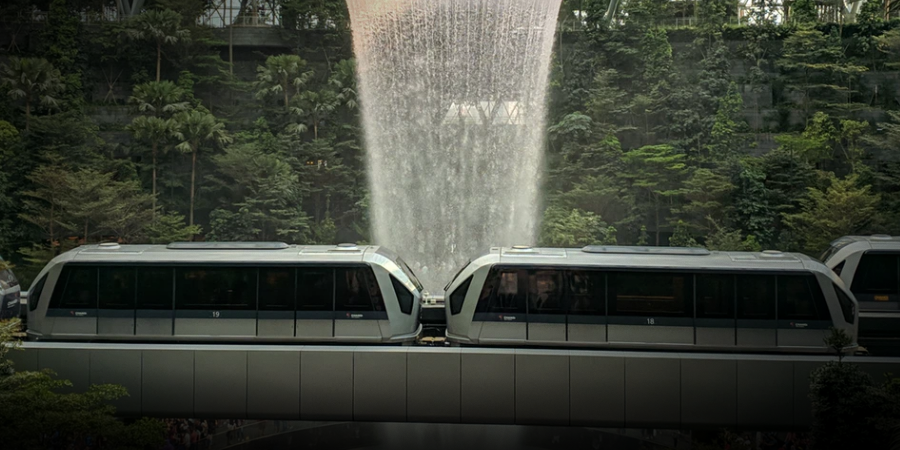



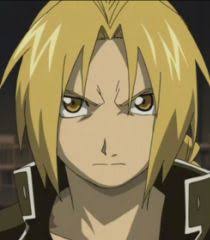
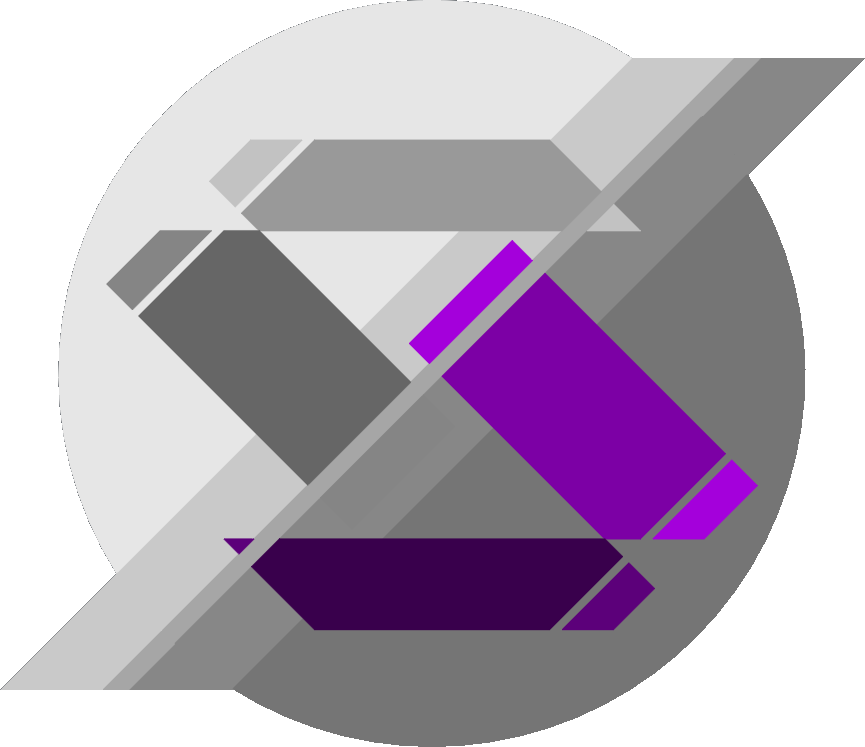


Wow! The article is very pretty over all. The map is super cool, I love the use of layers and how hand-drawn it looks like, especially the optional layers. I love when maps look like they were actually made by someone, and not just for world building. I also love using the sidebar for a timeline! The quotes are great too.
Thank you so much for the wonderful comment! I'm really glad you enjoyed it :)